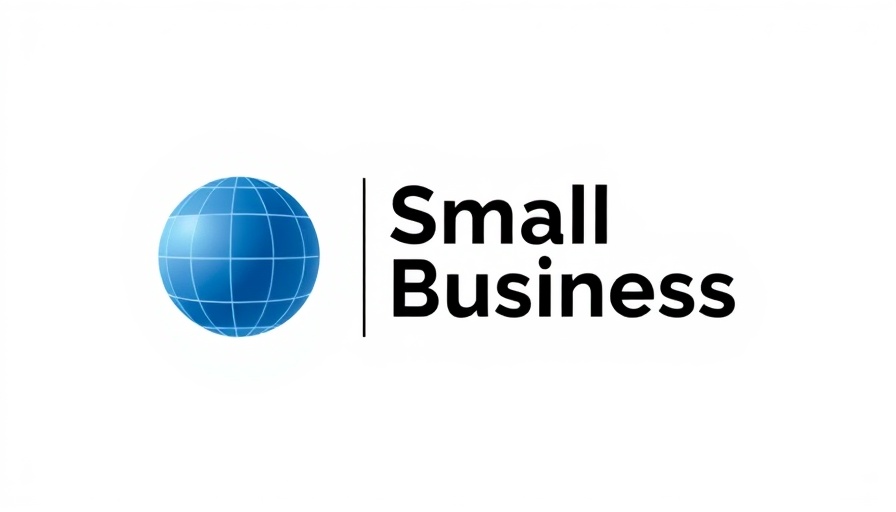
Embracing AI: A Game Changer for Business Communication
In the fast-paced realm of business today, the tools we use to communicate and collaborate can define our competitive edge. With its recent upgrades, Slack is not just enhancing its platform; it’s reshaping how teams function. By embedding artificial intelligence and advanced search features directly into its system, Slack is providing businesses with the tools needed to streamline operations and foster productivity.
Revolutionizing Search: Finding Information Faster
One of the most notable features introduced by Slack is its enterprise search function. Gone are the days of sifting through endless emails or hopping between applications to find information. Now, with the ability to ask questions in everyday language, users can quickly retrieve relevant data from various sources. As Paul Kagoo from reMarkable points out, this integration allows crucial institutional knowledge to be readily accessible, thus empowering teams to make informed decisions more efficiently.
Using AI to Cut Down on Redundancy
The advent of Slack’s AI writing assistance tool sets it apart. Imagine instantly generating meeting summaries or action items directly from conversations—this capability can drastically reduce the time spent on tedious documentation. Mark Riskowitz from Caraway highlights how this technology shows up contextually, making it incredibly beneficial for businesses juggling multiple projects.
Fostering Inclusivity and Understanding
Collaboration transcends mere information exchange; it involves comprehension. Slack’s AI also provides contextual assistance on industry-specific terms to ensure that all team members can access and understand vital information, thus enhancing team collaboration. This is particularly invaluable for small businesses that may lack extensive training resources for new hires.
Challenges to Consider with New Technologies
While these developments are impressive, business owners should be aware of potential challenges. Staff may require substantial training to harness these new tools effectively. Additionally, the integration of multifaceted search functions might initially overwhelm those less tech-savvy.
Security First: Protecting Your Data
As with any technological advancement, data security remains a paramount concern for businesses. Slack assures users that its AI features are designed with high-security standards and that customer data won’t be utilized for training AI models. This commitment fosters trust among users, allowing them to explore the full potential of Slack's features without fear.
In summary, as Slack enhances collaboration with these innovative AI tools, it opens doors for small businesses to operate more efficiently and cohesively. Staying on top of these advancements is crucial for creating a modern and productive workplace environment.
 Add Row
Add Row  Add
Add 




Write A Comment